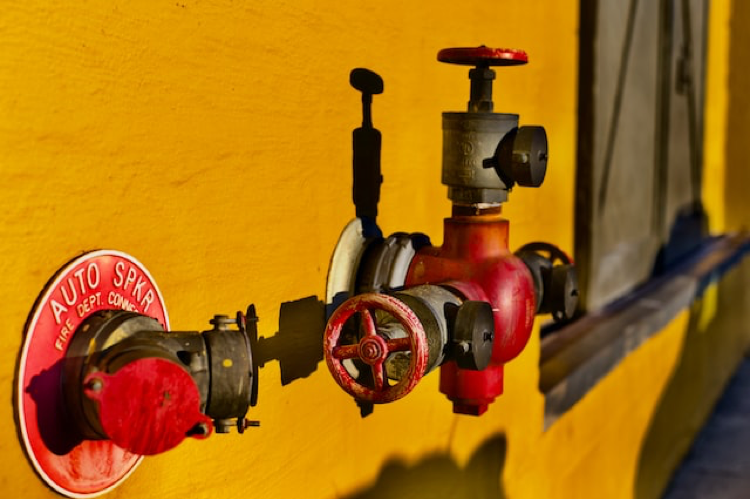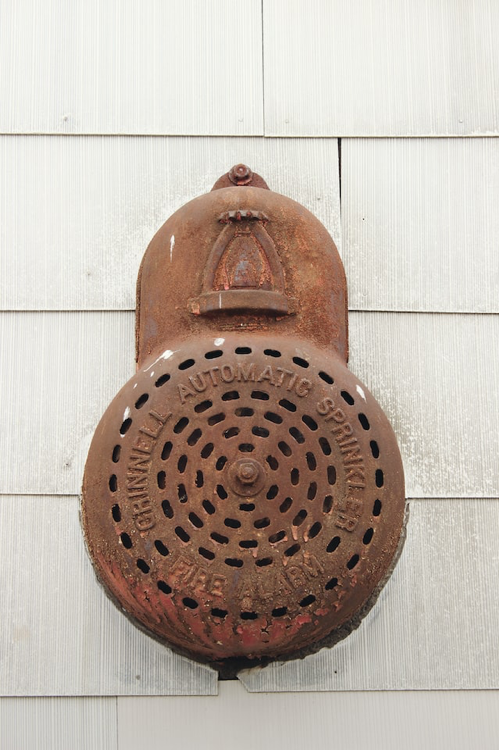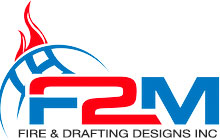All About Fire Sprinkler Wet Systems
What are fire sprinkler wet systems? A properly functioning fire sprinkler system is vital for preventing fire related accidents and protecting your property. According to a study, the National Fire Protection Association learned that properties with high quality sprinklers installed had lower death rates compared to buildings that didn’t have these systems.
That said, plenty of people need help choosing the right fire sprinkler system for their property. That’s because of the wide range of these systems. Essentially, there are two main types of fire sprinkler systems: wet and dry. These types have their sub variants, which have different features and purposes.
In this piece, we will discuss fire sprinkler wet systems, their uses, advantages, and what makes them different from their dry fire sprinkler system counterparts.

What You Need to Know About Wet Sprinkler Systems
Dry and wet sprinkler systems are made to suppress fires. However, both have different functionalities and ways of operating. In wet fire sprinkler systems, sprinkler heads are usually directly attached to pipes. These pipes contain pressurized water and release it whenever the system detects fire. Upon detection, the sprinkler heads go off automatically and put the fire down immediately.
These systems are quite practical, and most places can benefit from installing them. What’s more, wet sprinkler systems offer protection against fire, helping protect people and the property where it occurs. These systems must be tested and inspected according to the NFPA25 to ensure they can function effectively.
How are Dry Systems Different from Wet Ones?
Like wet systems, dry systems have sprinkler heads directly attached to the piping. The main difference between the two is that the pipes in dry sprinkler systems contain pressurized air or nitrogen for holding water pressure back at the primary control location.
Whenever dry sprinkler systems detect fire, the relevant head fuses, depleting air pressure from the pipe, ensuring the water pressure overrides air pressure. It helps to fill up the entire piping network with water. Once that happens, the water makes its way toward the sprinkler heads to extinguish the fire. While wet systems are suitable for most places, dry ones are best for temperatures lower than forty degrees Fahrenheit. These include:
- Warehouses and buildings that lack sufficient heat
- Parking garages
- Places with exposed exterior areas that require fire protection
What Makes Wet Fire Sprinkler Systems so Popular?
As mentioned earlier, wet sprinkler systems maintain water within the piping. Once the sprinkler detects any sign of fire nearby, it activates and releases water to extinguish the fire. Here are some reasons why these systems are so popular:

Simple and Reliable
Since wet systems only have a few components, there are few items to crash or malfunction. Things like these make this system quite reliable and suitable for most locations. The simplicity also makes wet fire systems ideal for places with low system maintenance.
They Do Not Require Much Downtime.
Unlike dry systems, wet fire sprinkler systems have an incredibly short downtime after a fire. Plus, these systems require minimal effort and time to restore. Replacing the faulty sprinklers, followed by turning on the water supply, is enough to reinstate the system.
Fire Sprinkler Wet Systems: Final Thoughts
A wet fire sprinkler system can be a lifesaver and save you from spending a massive amount on repairs following a fire. Are you looking for reliable, high quality sprinkler system design and installation? If so, contact F2M Fire & Drafting Designs Inc. for a swift and effective solution that suits your specific needs and requirements.
F2M Fire & Drafting Designs Inc.
31 South Street, Suite 3S-4
Mount Vernon, NY 10550
(718) 928-3009
info@f2mfadds.com
https://www.f2mfadds.com/contact

[…] ensure you are familiar with its design and whether it suits your location. As the names suggest, wet pipe sprinkler systems contain water, and dry systems have water and air. The water in dry sprinkler systems is held back […]